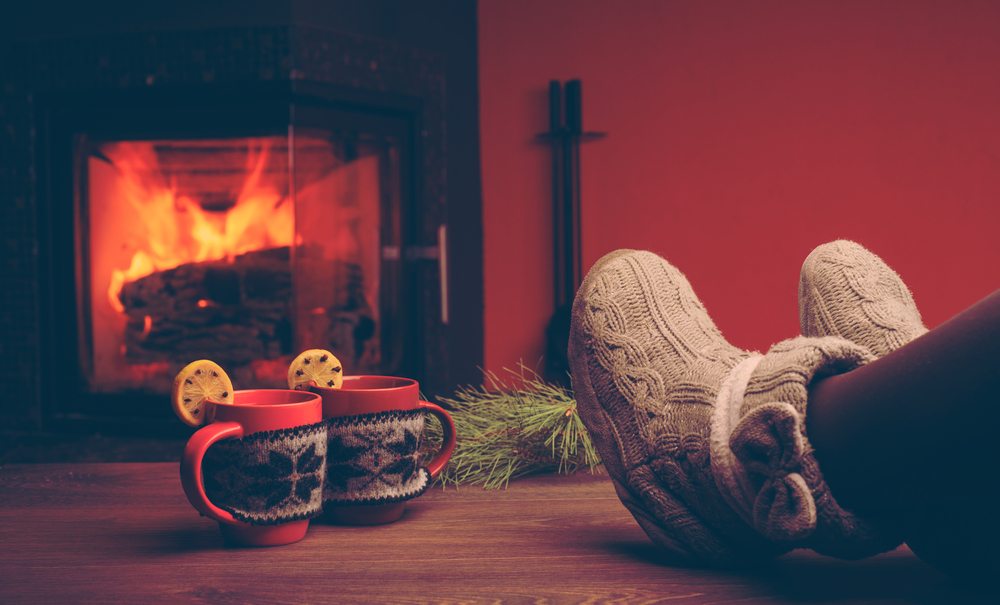There is nothing nicer than sitting around a cozy fire in the cold winter months. Fire appeals to our most basic instincts and does more than keep us warm.
But sadly, heating equipment including open fireplaces and wood-burning stoves is a leading cause of home fire deaths. In fact, about 50 percent of all home-heating fires happen during the three-month period from December to February. That’s a very scary statistic, and one you should be aware of.
So what can you do to be safe and warm this winter?
Top Ten Tips to Keep Your Indoor Fires Safe This Winter
 Always install heating equipment according to the manufacturer’s instructions. Apart from anything else it is essential that there is adequate clearance from combustible surfaces as well as proper support for the fireplace or appliance. Preferably get a professional to do the job for you; they know the codes.
Always install heating equipment according to the manufacturer’s instructions. Apart from anything else it is essential that there is adequate clearance from combustible surfaces as well as proper support for the fireplace or appliance. Preferably get a professional to do the job for you; they know the codes.- Heating equipment that is made to burn fuel should be vented to the outside to avoid any possibility of carbon monoxide poisoning.
- Regardless of the type of fuel-burning equipment you have, a key rule is to ensure there is a three-foot zone around the fireplace, wood stove, space heater, or furnace. This applies to the distance people and animals should be from the fire, as well as positioning of things like electrical plug points. Additionally, utilize a sturdy screen to prevent sparks catching alight.
- Only use the right type of fuel in your heater or fireplace. Generally, wood burning stoves and other fuel-burning equipment is supplied with information that explains what kind or kinds of fuel are suitable for use. While dry wood is a good option for open fireplaces, dry leaves are not. So don’t be tempted to throw the leaves you raked up during the fall into your fireplace. It isn’t a good fuel source: it burns too quickly, and because the leaves are light, they can easily blow out of the fireplace and spark a house fire. Also, never burn charcoal indoors. It gives off carbon monoxide (CO) that can be lethal.
- All existing chimneys, flues, and heating equipment should be inspected and cleaned annually by a qualified professional. Never use a fireplace of any sort if it hasn’t been used for some time. Have it cleaned first.
- Never use flammable liquids to start a fire or try to make the fuel burn better. Similarly, don’t leave flammable materials anywhere near a fireplace or fuel-burning heater.
- Don’t be tempted to use lots of paper to try and build a roaring fire; and don’t use the dried out leaves you raked up late fall.
- Never discard hot ash into an indoor rubbish bin. Hot ash can take as long as five days to cool, so rather use a metal bin that is located a good distance from the house. It is also good practice to pour a little water over newly discarded hot ash.
- Never go to bed while an open fire is still burning inside a fireplace in your home. Not only is this a potential hazard in terms of sparks catching fire, it can also be a hazard in terms of the risk of CO poisoning.
- Install smoke alarms. They could save your life and the lives of your family. Make sure everyone knows what to do if the alarm goes off!
We at Natural Enclosures don’t make fires or provide heating equipment. However, we do specialize in fences that provide easy visibility for outsiders and first responders in the event of fire. Contact us today for more information.
